Generalist in food types, specialist in food quality
Common yet special
Many people across the world are familiar with mallards. They are the most common ducks seen dabbling around in the park, the local pond or in larger inland lakes where they can form large groups in winter. Like many ducks, their large and broad bodies function as buoys to float on the water.
The legs are positioned behind the centre of gravity of the body (see skeleton photo), which helps, together with the pushing motion of the large-webbed feet, in tilting the body when dabbling. Heavy breast muscles rapidly propel the long, pointy and fairly small wings, giving the typical whistling sound in flight which can be heard when ducks fly by.
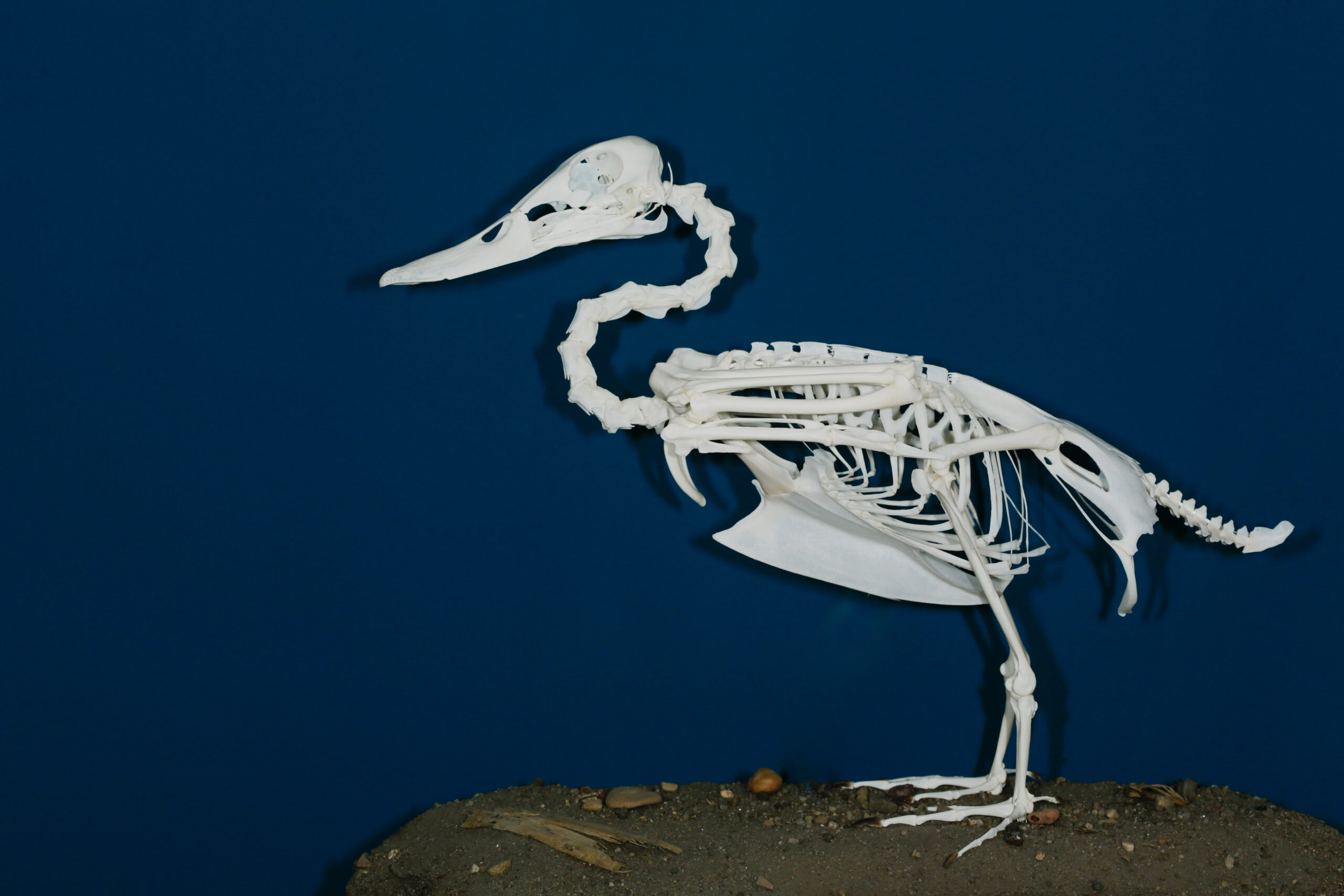
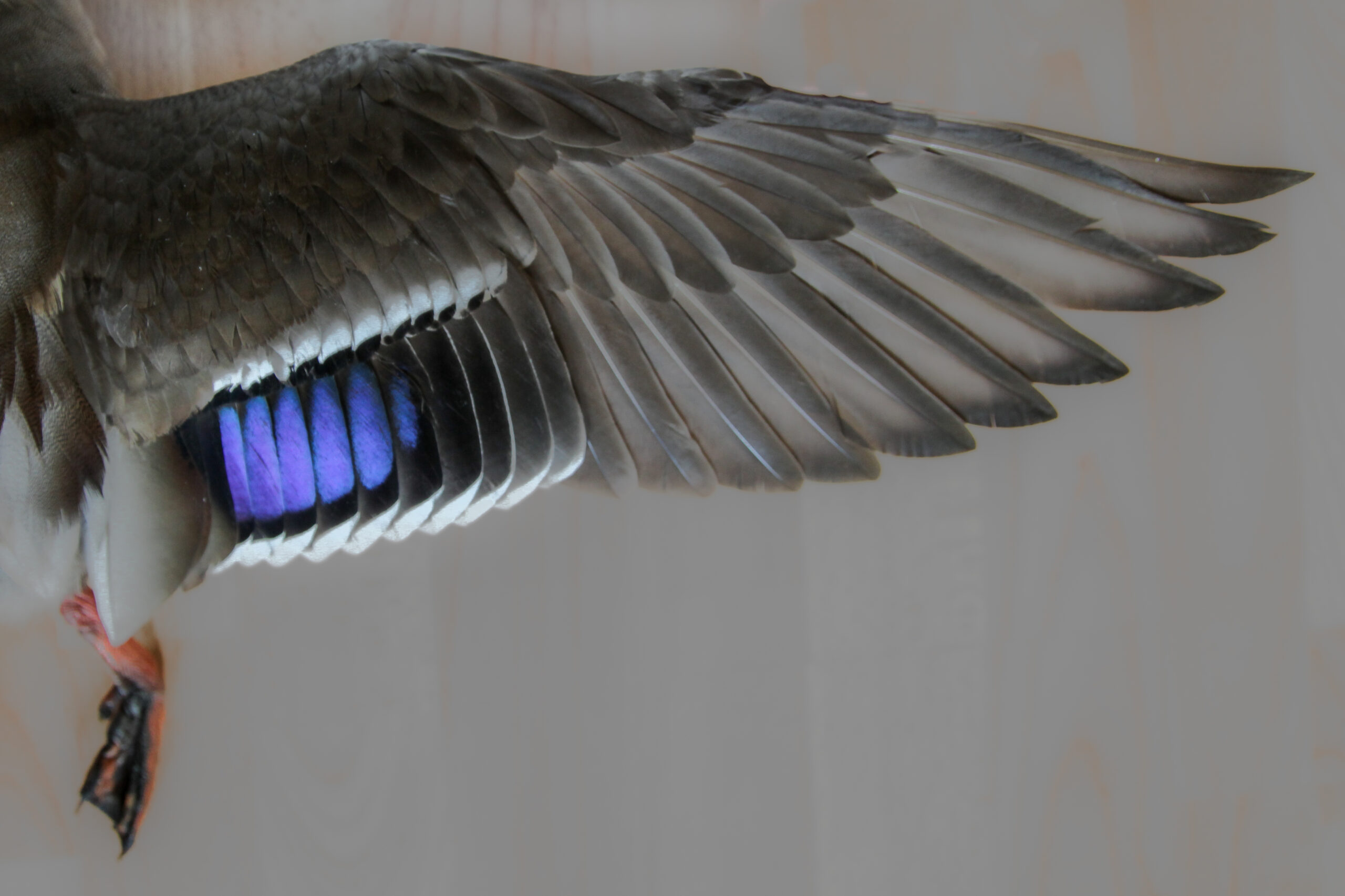
The typical quacking sounds are produced only by the female ducks. However, the syrinx – the organ involved in sound production – is greatly enlarged and bony in males compared to females, and is probably used to produce the lower sounds during courtship and other social calls. Despite being common and well-known, most people will not appreciate the special adaptations Mallards have to live their lives.
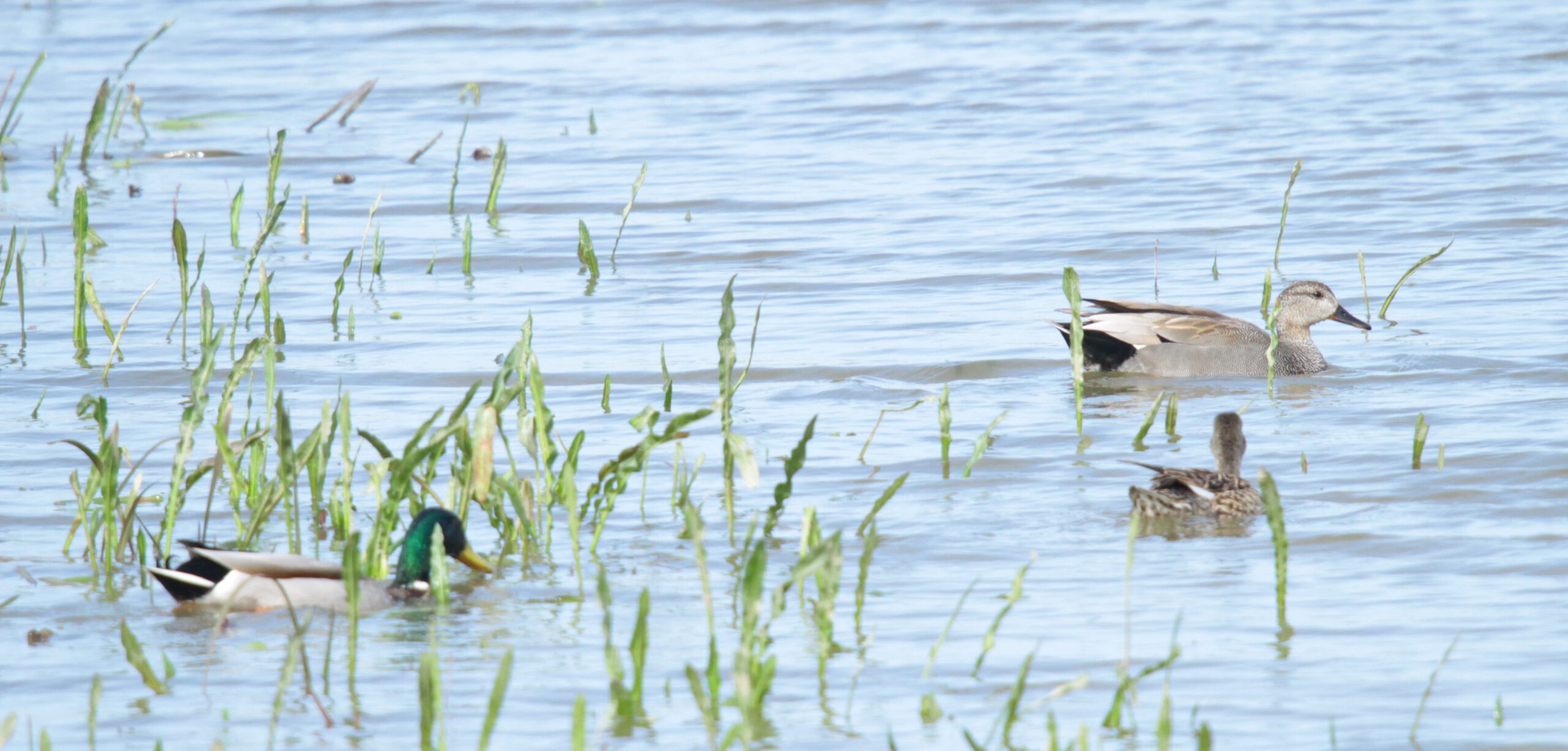
A duck’s a duck?
Mallard numbers dropped in The Netherlands dramatically, with an estimated 30% of the breeding population having disappeared in about 25 years. Contrastingly, numbers of Gadwall, another dabbling duck species, have increased extremely with about 500% in the same period of time, which is also observed in several other Western European countries. It may be clear that these two ducks are all but the same, but what makes them so different?
At first glance Mallards seem to have a very similar body plan to other ducks, apart from their colour and size. However, in relationship with diet large differences exist among duck species, which cannot be seen from the outside. In contrast to ducks feeding on vegetation, like Eurasian Widgeons, or on shellfish, like Eiders (right), Mallards (left) have several very specialised filters in their bill and tongue. These filters enable Mallards to collect food particles of a large range of sizes from water or soil.

The actual filtering works by taking in water and then closing the bill, so that water is collected in the mouth cavity. Then, the tongue is used to expel the water, passing through the filters. Depending on food particle size, food stays behind in one of the filters on the tongue or bill, after which they can be swallowed.
Super filter
The largest items can be filtered by the outer rim of the bill, which has large ‘teeth’ suitable to strain grains, seeds and similar-sized invertebrates from the water. Smaller items, such as zooplankton, can be filtered by their tongue. Especially the hairs on the frontal sides of the tongue serve to harvest the smallest of food items.
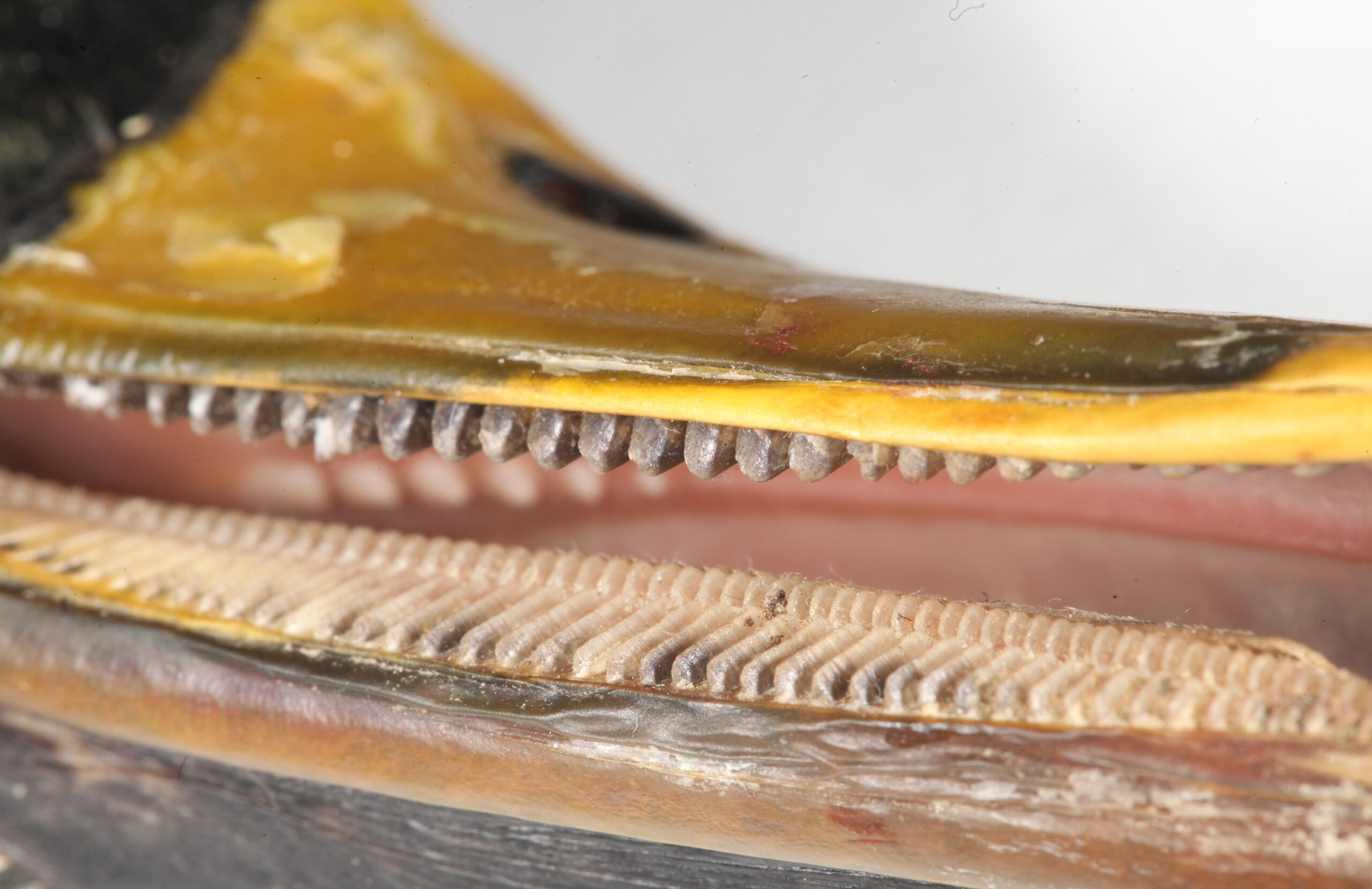
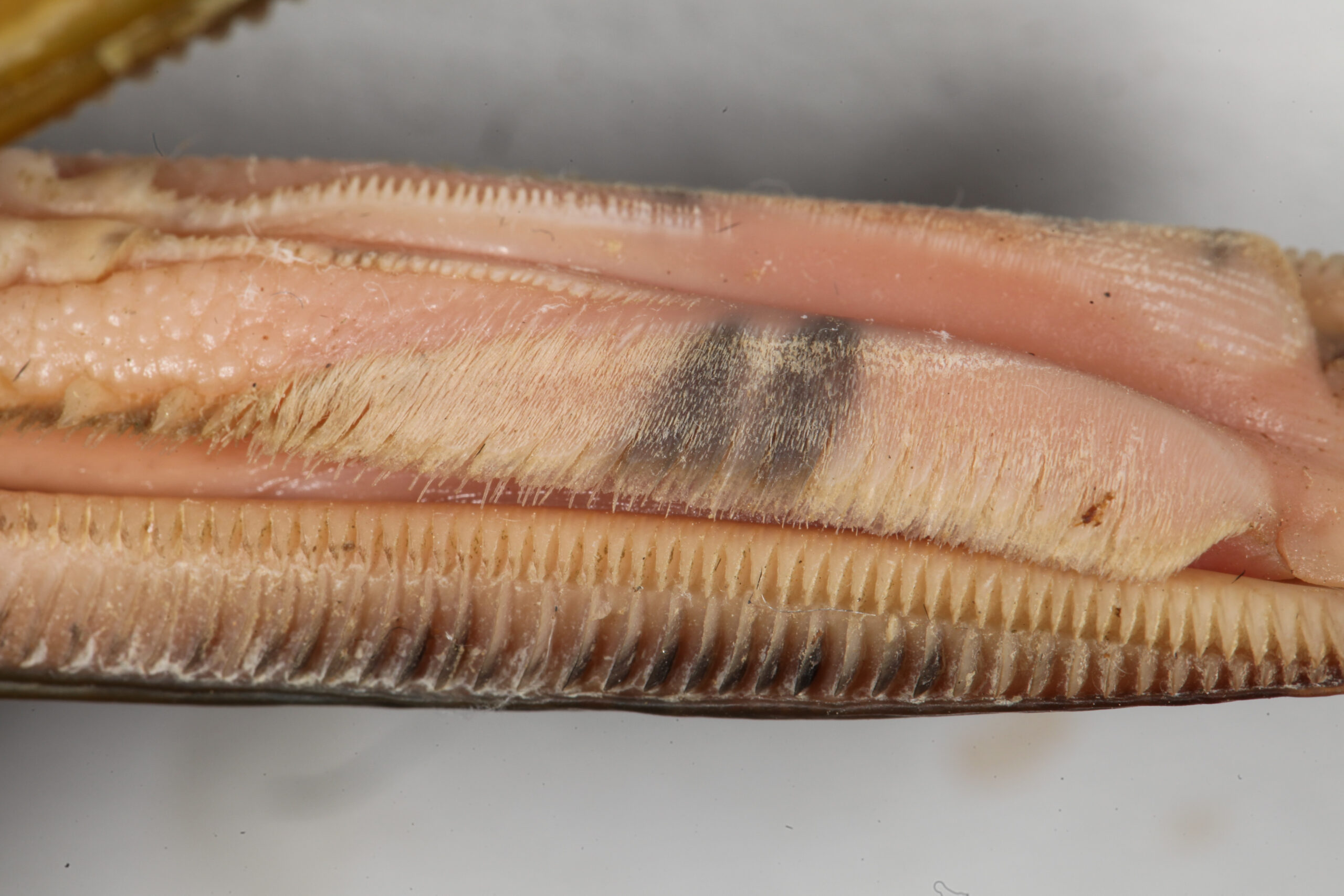
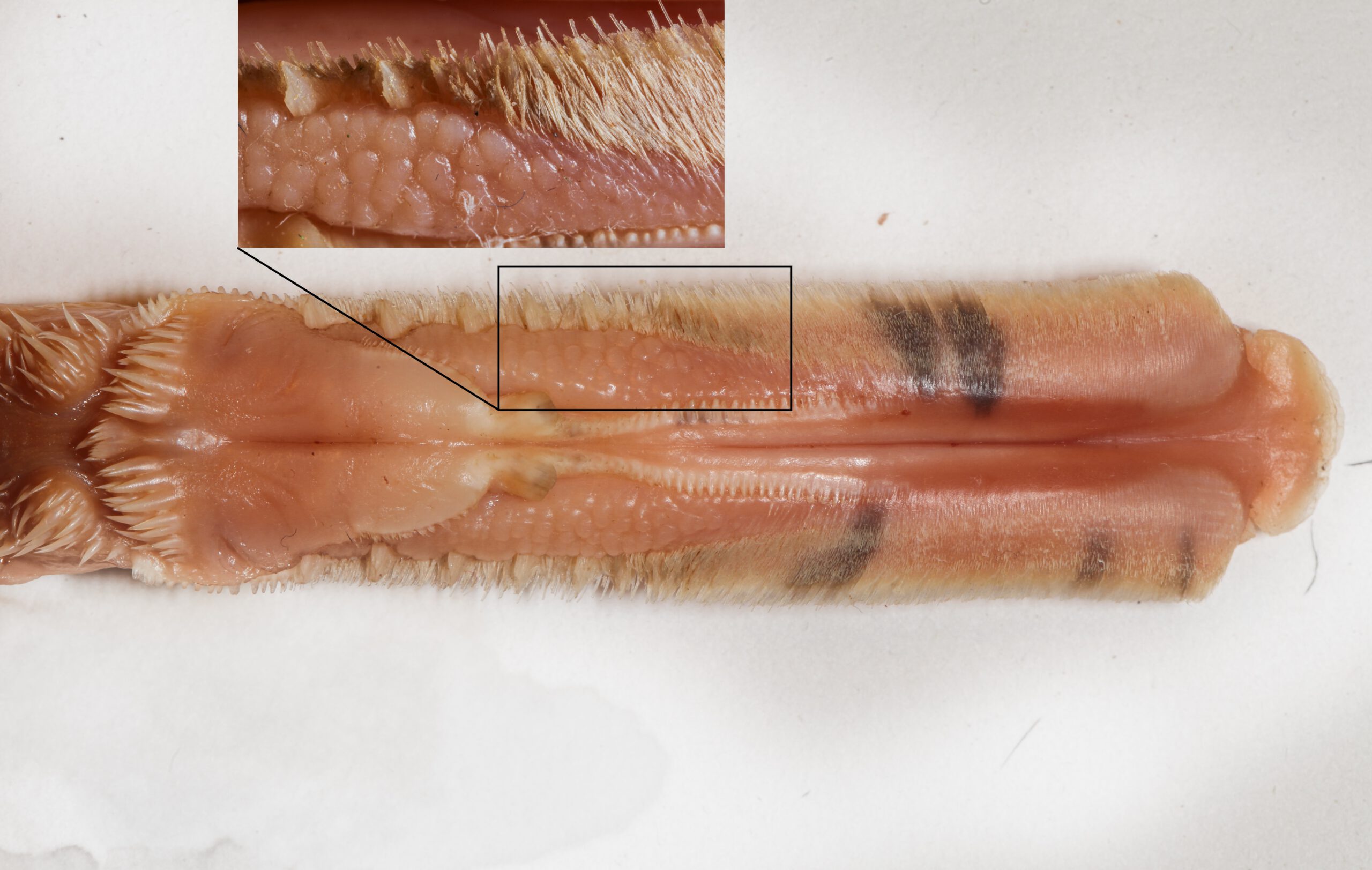
Contrastingly, in Gadwalls these filter systems are less-well developed: the tongue contains fewer hairs and the projections at the rim of the bill are modified to clip pond algae. The arrangement and size of taste buds on the tongue of Mallards is also much more developed than in Gadwalls and probably enables Mallards to accurately identify a wide variety of food items while filtering.
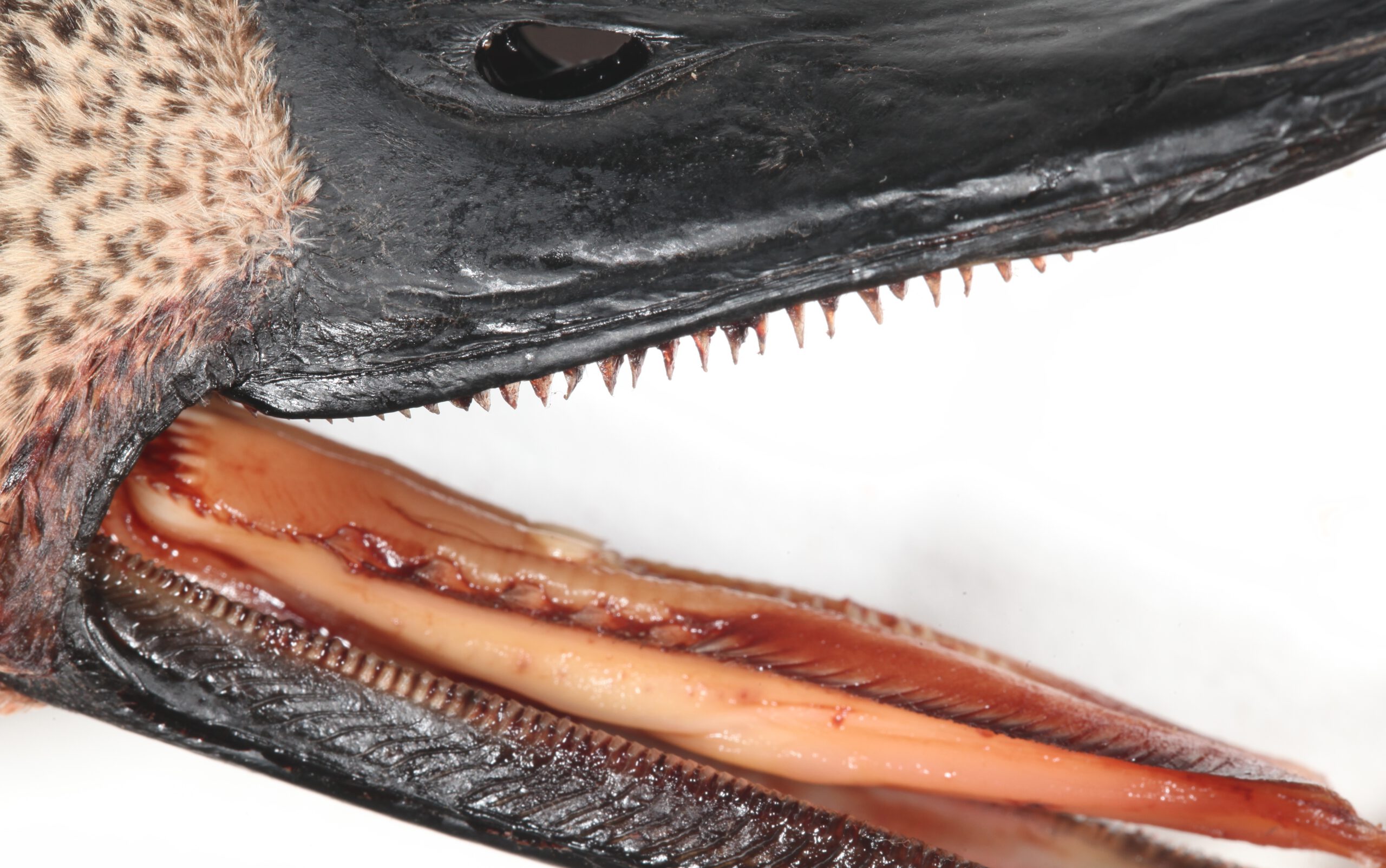
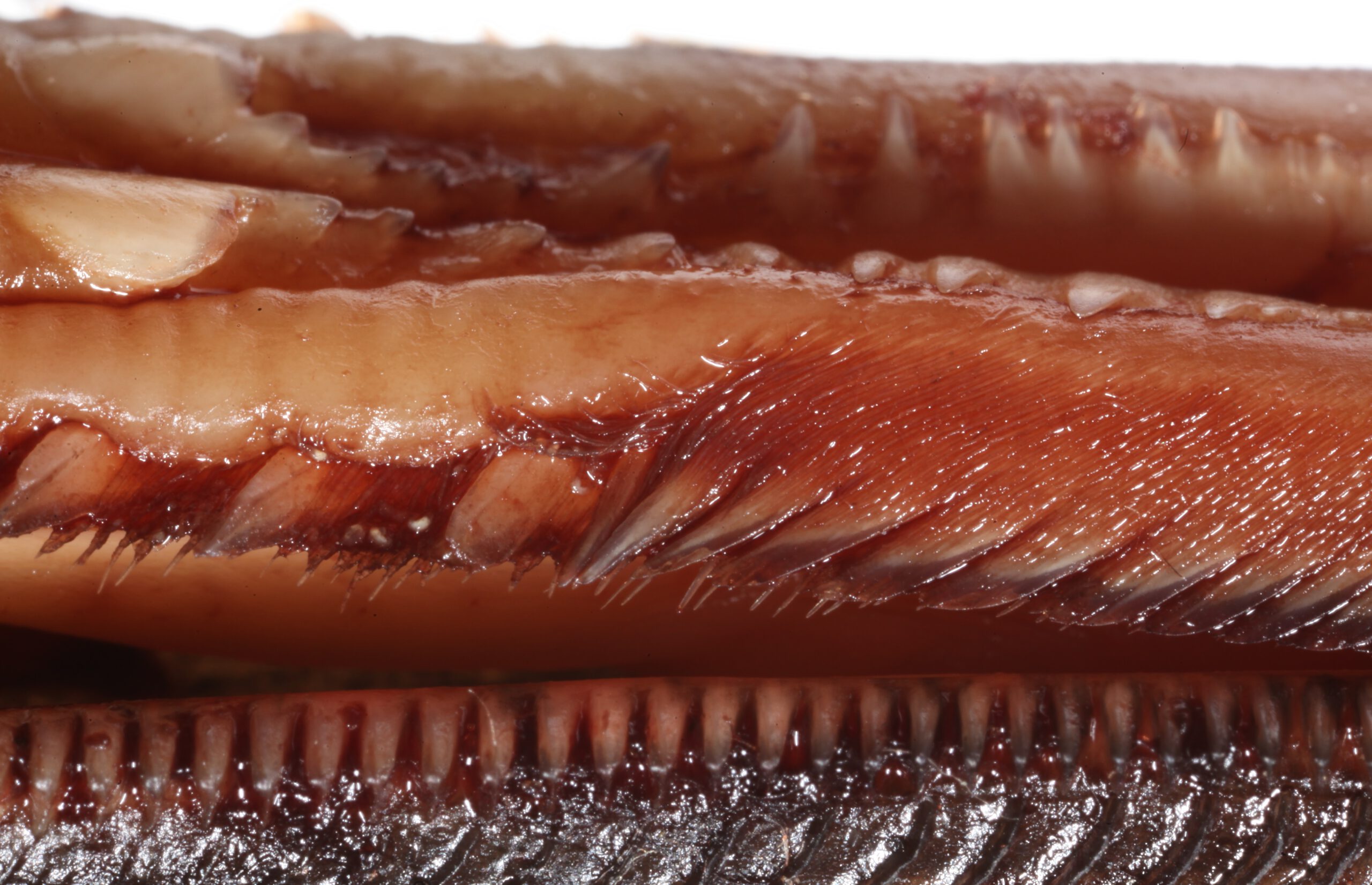
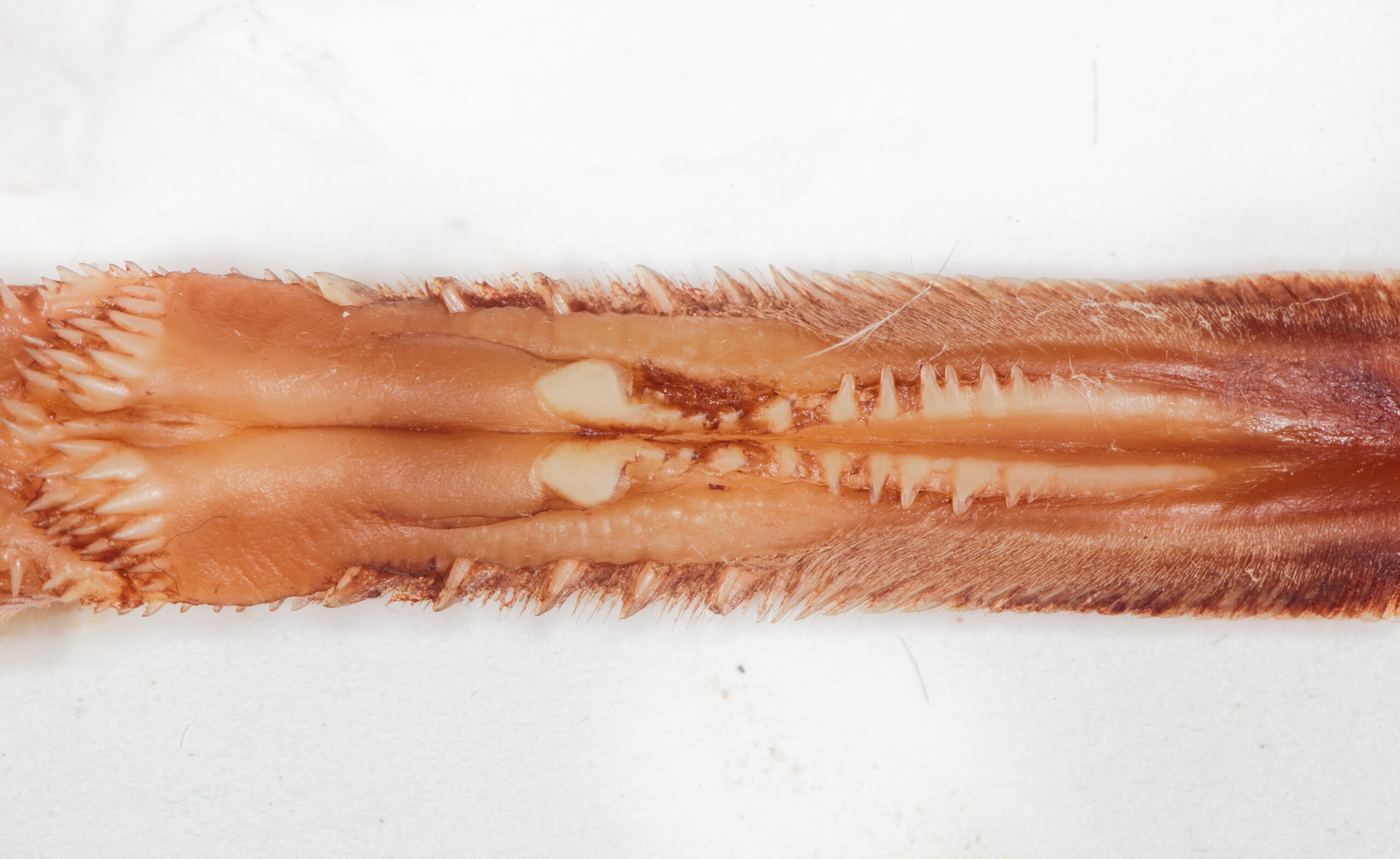
Although Mallards can filter a wide range of food items, they are specialised to consume energy-rich food, which is fairly easy to digest. Gadwalls, however, are designed to collect and process much harder-to-digest plant material with relatively low nutritional value. The digestive systems of both species reflect this difference as well.
Continue reading
Different digestion
Gadwalls are about half the body mass of a Mallard, but show a much longer and better developed digestive system, suitable for efficient digestion of plant material. The gizzard, in which food is grinded after swallowing, is much larger and more muscular in Gadwalls (left) and stores fine sand to thoroughly grind soft plant material before it enters the intestine. In Mallards (right), the gizzard holds pebbles instead in order to crush seeds, molluscs and insects.
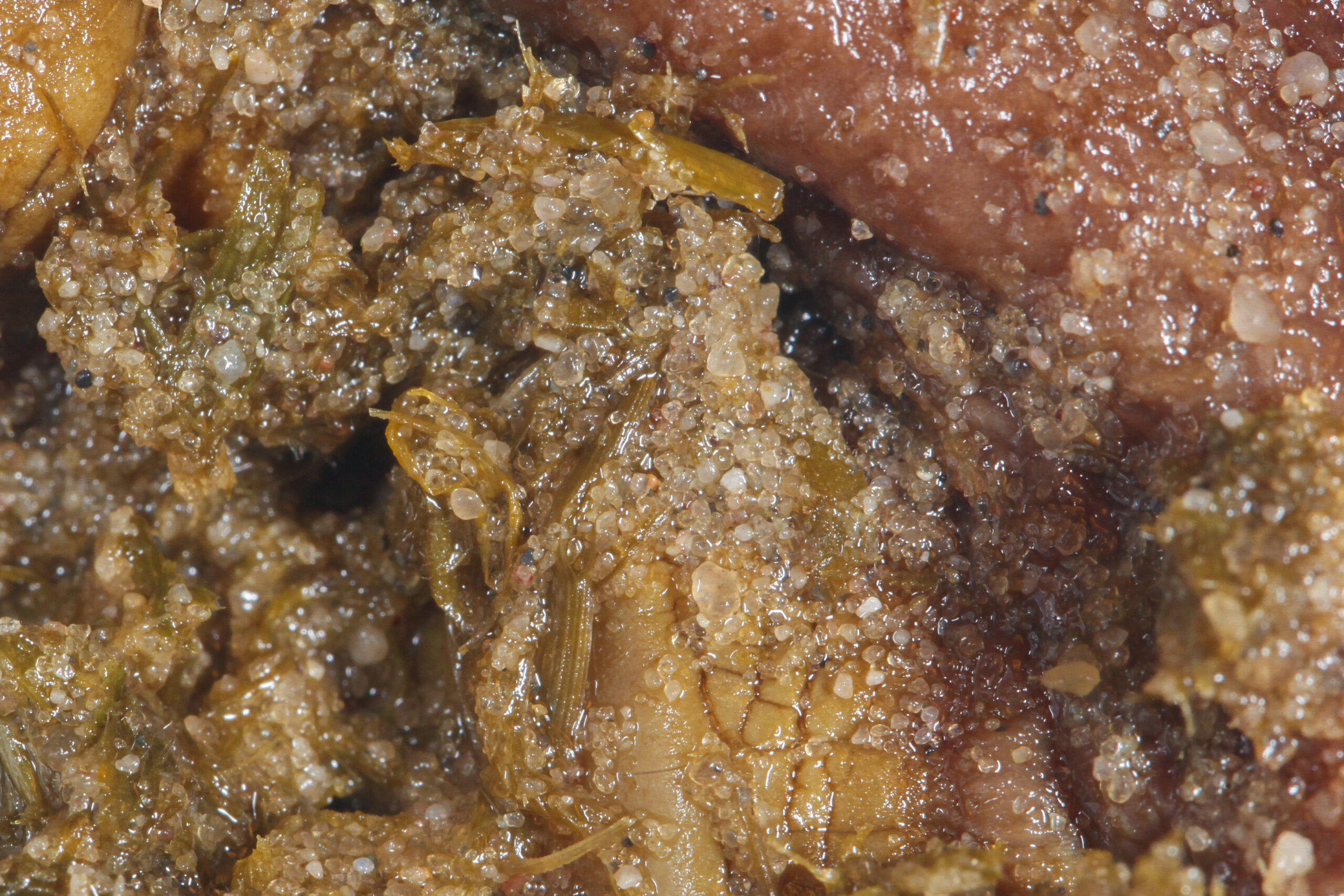
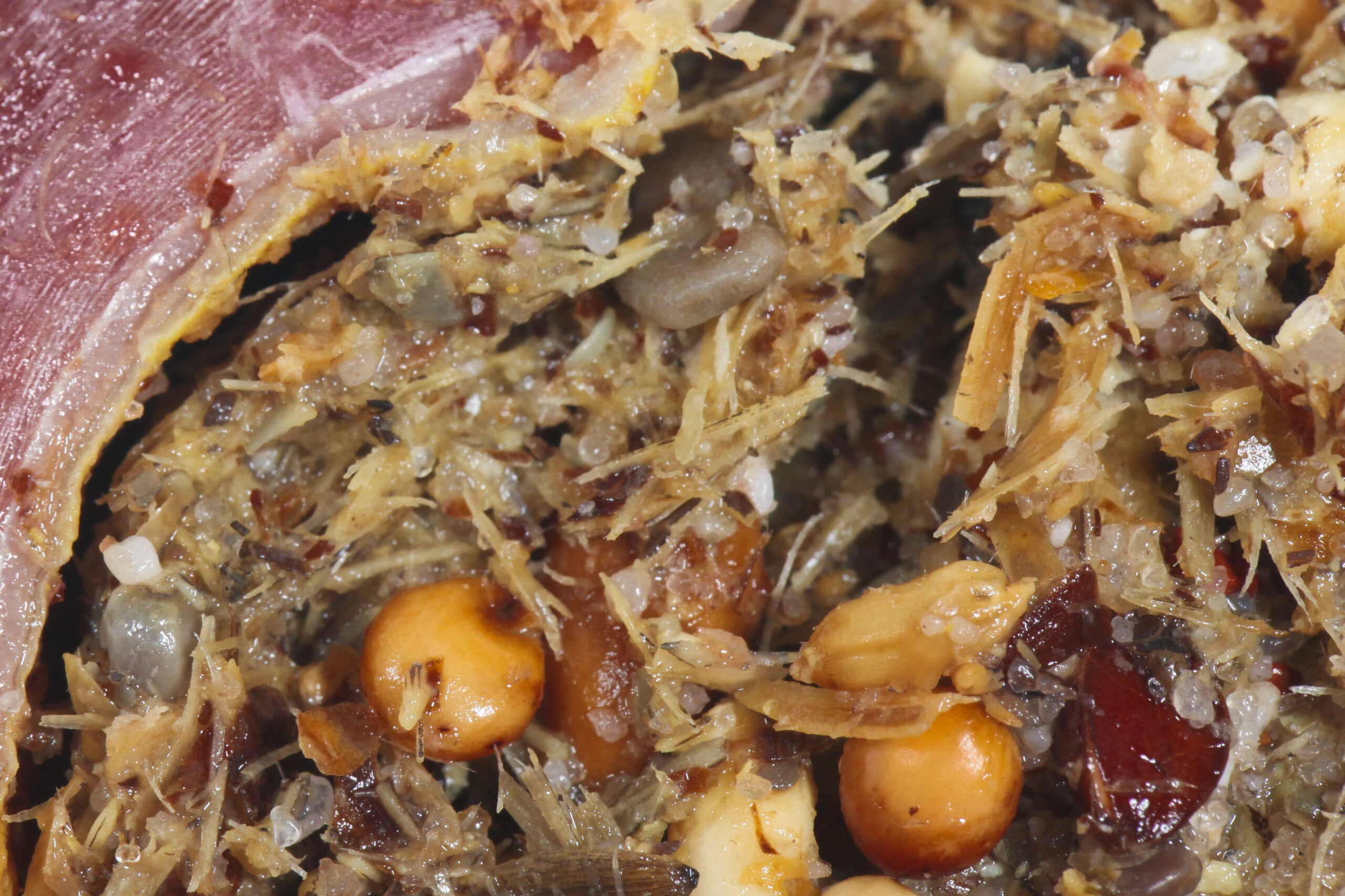
The Gadwall’s small intestine, in which nutrients are absorbed, is four times (!) as long as a Mallard’s intestine, when corrected for the body-size difference. The blind guts (caeca), in which plant matter is fermented with the help of bacteria, show the same relative difference, being about four times as long in Gadwalls than in Mallards!
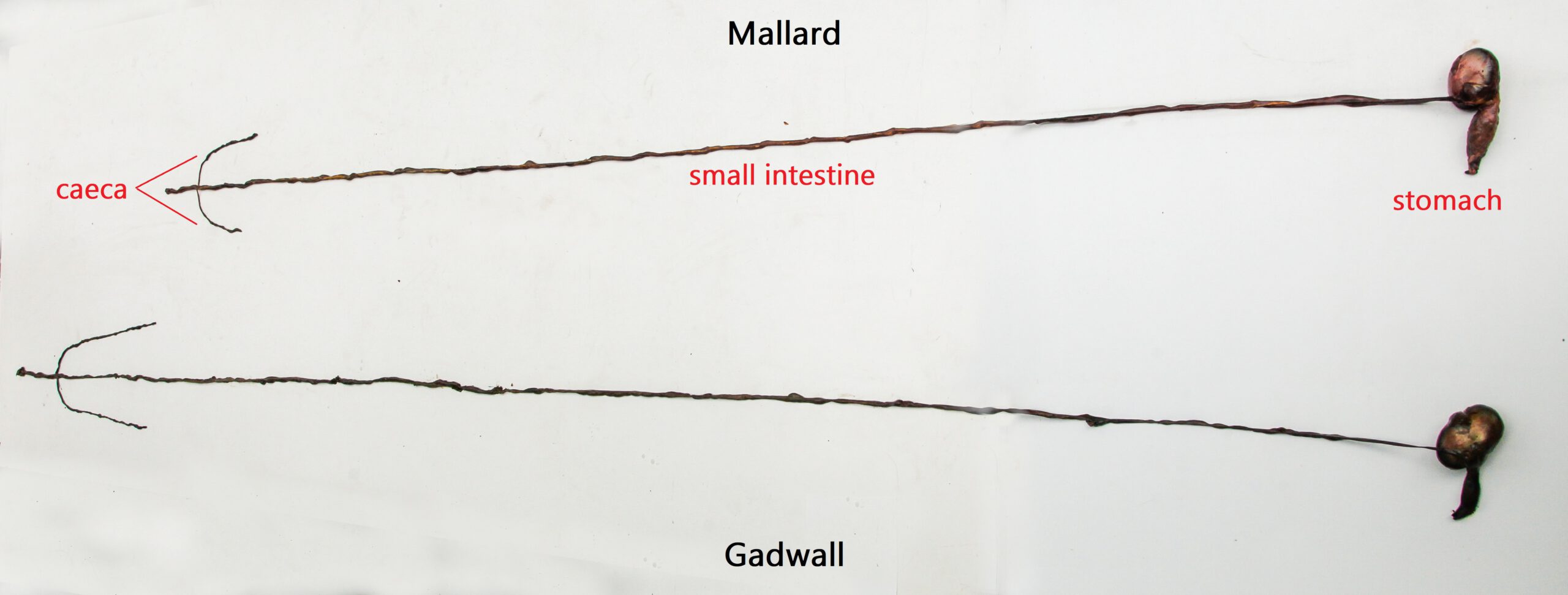
In short, Mallards seem to have a beak and digestive tract designed to process high-energy, relatively easily digestible food like invertebrates, seeds and grains. Gadwalls seem much more restricted to a diet consisting of harder-to-digest material like soft plants and algae and have a digestive system adapted to that lifestyle. Do these differences between the two duck species explain their different trends?
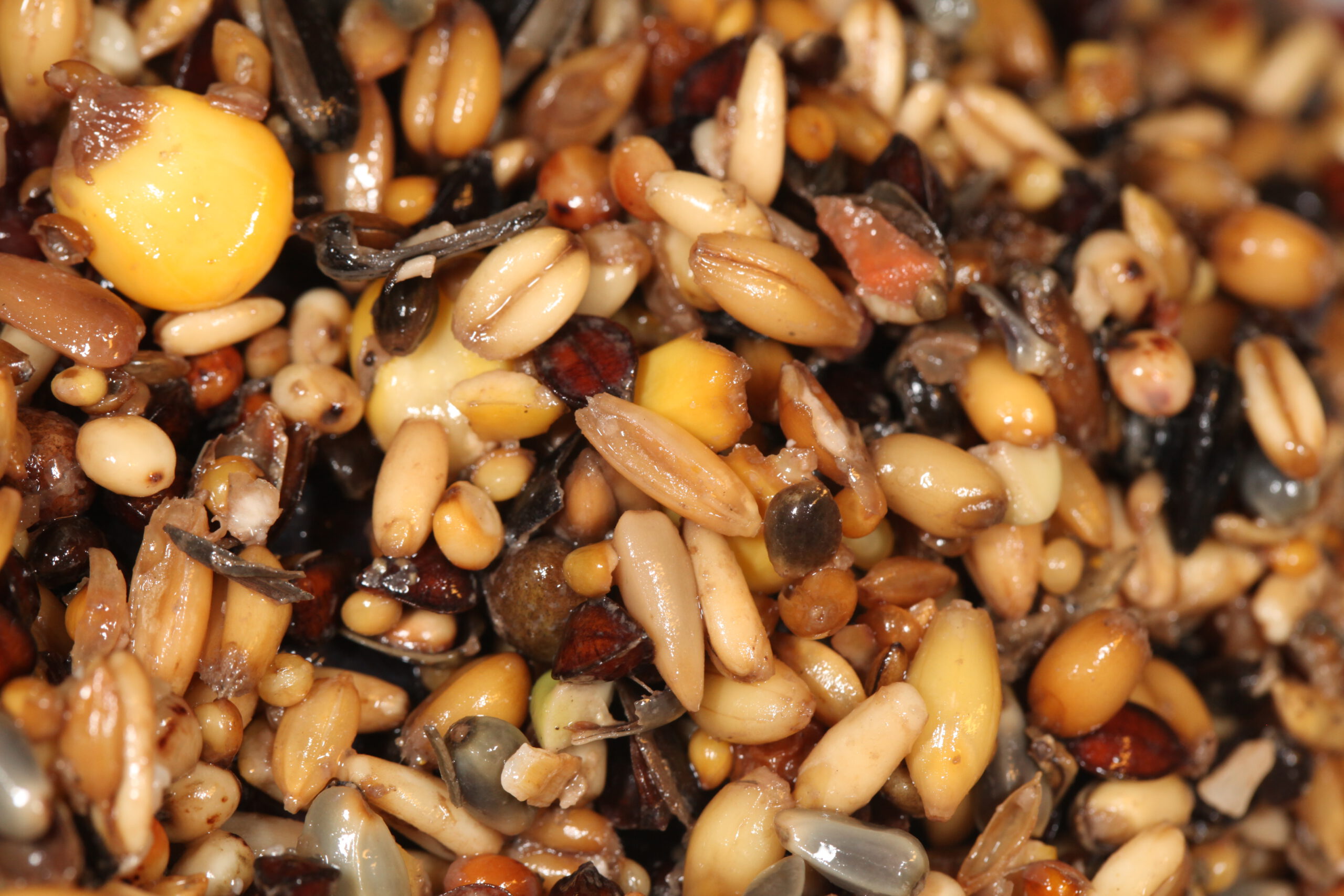

Diet shift
In many small water bodies in the Netherlands, which are typically used in the breeding season, water quality has decreased due to eutrophication. Eutrophication results in growth of algae and other fast-growing plants, which lower the oxygen levels and penetration of light in such waters. Ducklings of both species rely on insects to acquire protein, allowing them to grow fast during their first weeks of life. Slowly, their diets shift more and more towards that of the adults.
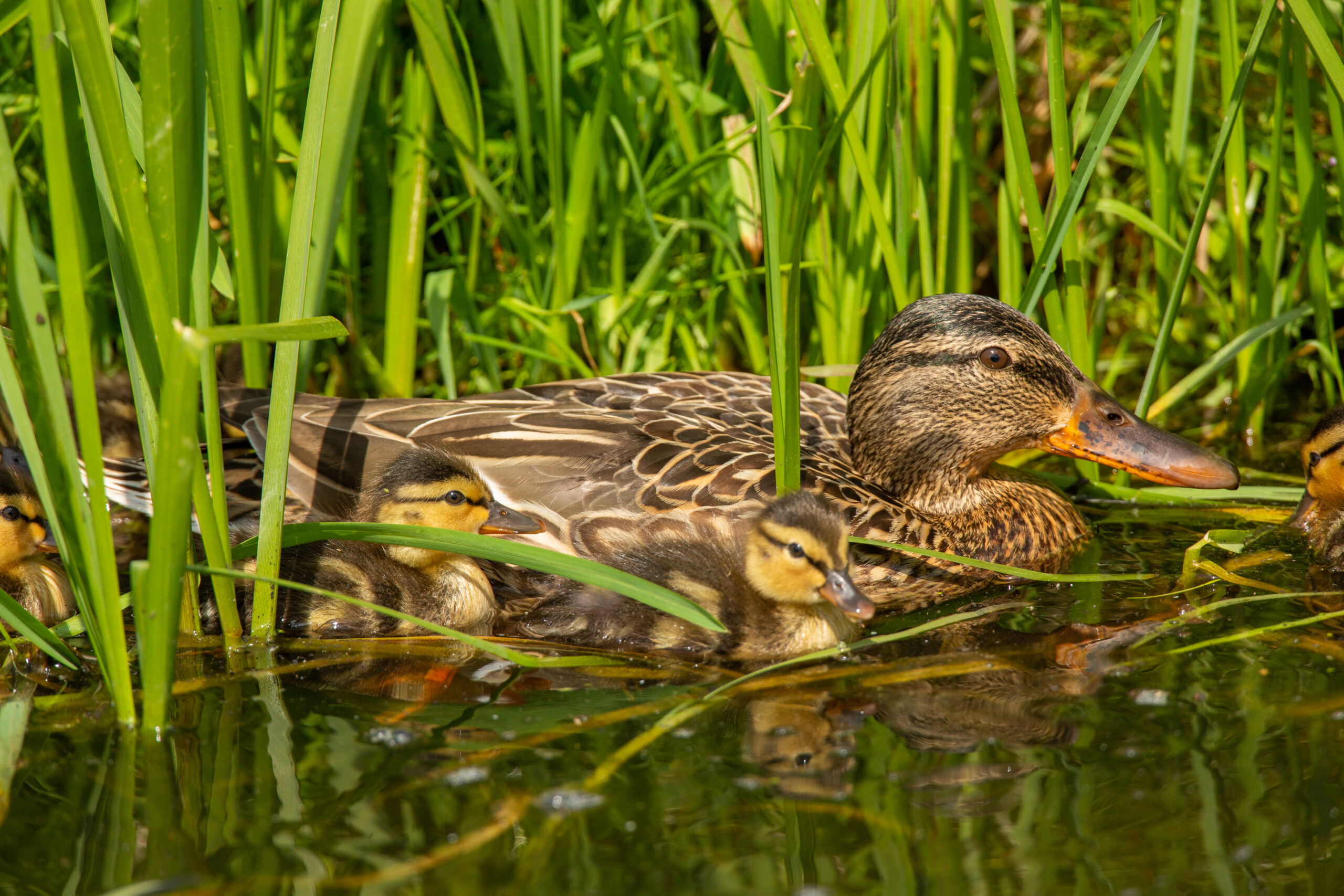
During this shift, Mallards could experience a hard time to either find enough food in waters covered in algae, or to access or filter their food items among the dense algal growth. Gadwalls on the other hand can feed on the algal material and other soft plants and could benefit from these enriched waters.

